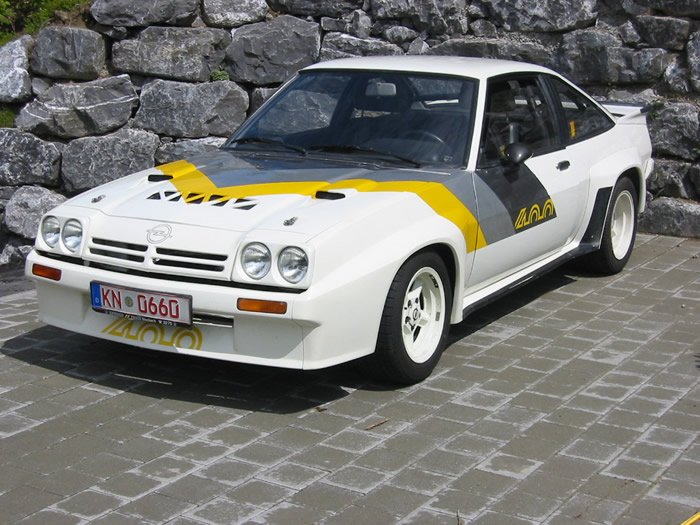

B2 cars are either 1.8 OHC or 2.0-litre injection CiH units.Įach is strong and capable of six-figure mileages before re-builds, with evidence of blown head gaskets and oil leaks the only real areas of concern. High performance models were produced (Irmscher i200/i240, Manta 400), but in relatively small numbers. Mantas are powered by a four-cylinder ‘Cam-in-Head or CiH engine. Check underneath, too the hatchback’s petrol tank is vulnerable to rust, as it’s positioned under the floor it lives behind the rear seat on the coupé. Inside, lift the carpets and check for rot in the floor – water gets in via the side windows. The three-door’s tailgate is prone to corrosion around the base of the window, while the coupé’s boot floor is a known weak point. Rotten doors are often evidence of cheap pattern parts, since the factory doors seem resilient to corrosion. Rot can set in pretty much anywhere, but key areas to examine include the panel area above the headlights (especially if cheap aftermarket quad-headlamps have been poorly fitted), the rear arches (they seem to suffer more than the front arches) and the sunroof aperture – as well as the sunroof panel itself. Which begs the obvious question: what’s not to love? While major corrosion is a common issue, the Manta is enormous fun, a little bit left-field and eminently affordable. As the last of the line these models are the fastest of the breed but also the ones most likely to be suffering from really bad rot. While pre-1982 cars are desirable because they’re rare and feature a relatively pure design, it’s the later fuel-injected GT/E that’s the most sought after Manta, along with the GT/E Exclusive (later just Exclusive) that arrived in 1986. From 1982 there was also a 1.8-litre overhead cam option, but few of these are left, so you’ll be doing well to find one. UK buyers got a 1.9-litre powerplant until 1978, when a 2.0-litre lump took over.

At first there was a 1.6-litre unit which was soon killed off, while for Europe there was a 1.2-litre option. Not only did the Opel continue, but it was refreshed in 1982 to become the Manta C in the UK (the Europeans retained the Manta B tag), and it would remain in production until 1988.Īlong the way the Manta was offered with a choice of engines, most based on the same cam-in-head design. Both the Opel and Vauxhall were sold alongside each other with a choice of bodystyles until the Cavalier was dropped in 1981. First seen as the Manta A in 1970, this was followed up by the heavily revised Manta B in 1975, offered solely in coupé form alongside the identical Vauxhall Cavalier GLS coupé.įor 1978 there was an extra bodystyle for those seeking extra practicality – a hatchback, or as the Cavalier was known, a Sports Hatch. But while the obvious choice wears a blue oval, there’s a less predictable alternative and that’s the Opel Manta. There’s something that’s just so Seventies about a rear-wheel drive coupé. Looking for a stylish coupé but you don’t have much cash to spend? Then check out GM’s Opel Ascona-based Manta, which offers far more fun per pound than some more obvious alternatives.


 0 kommentar(er)
0 kommentar(er)
